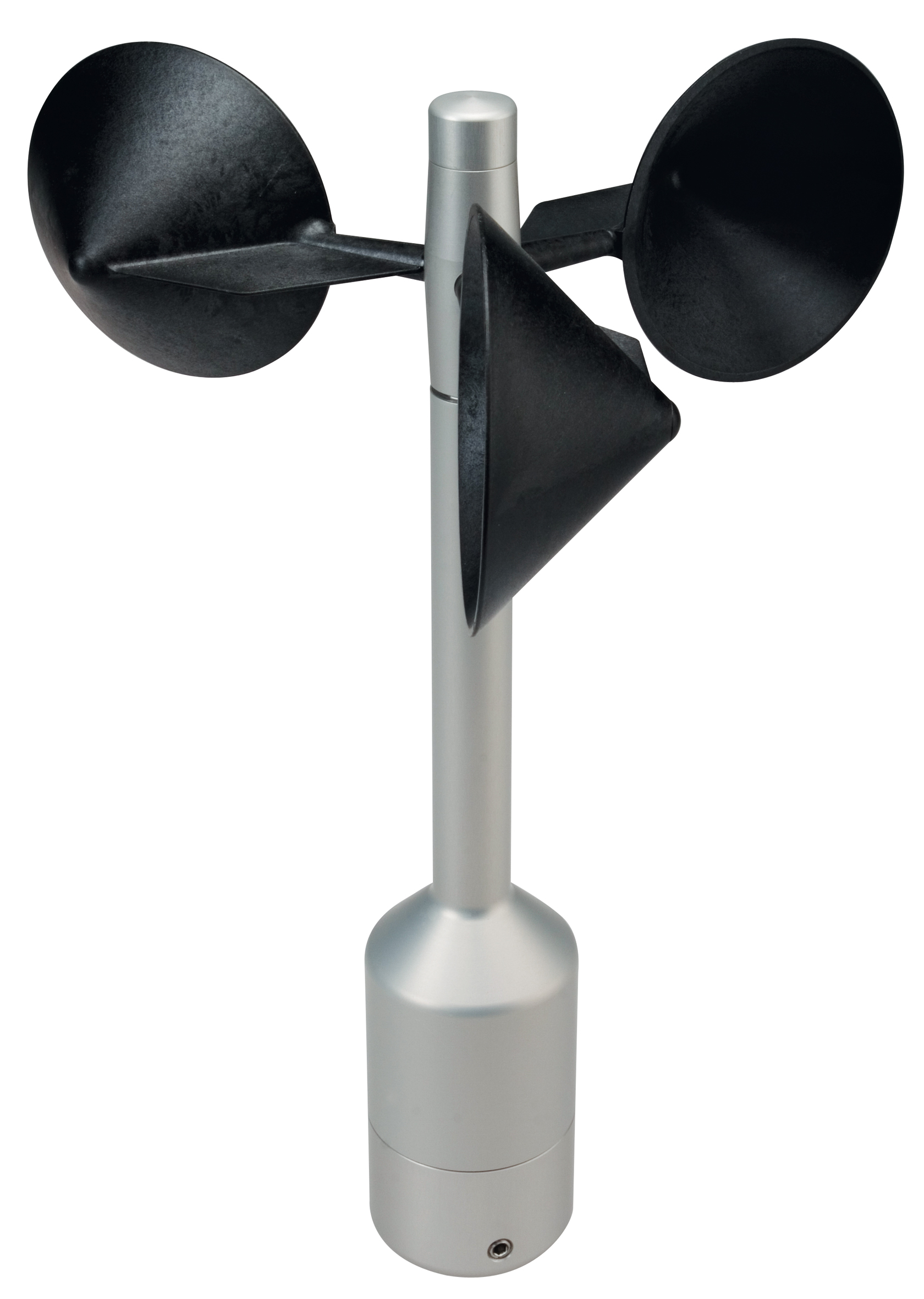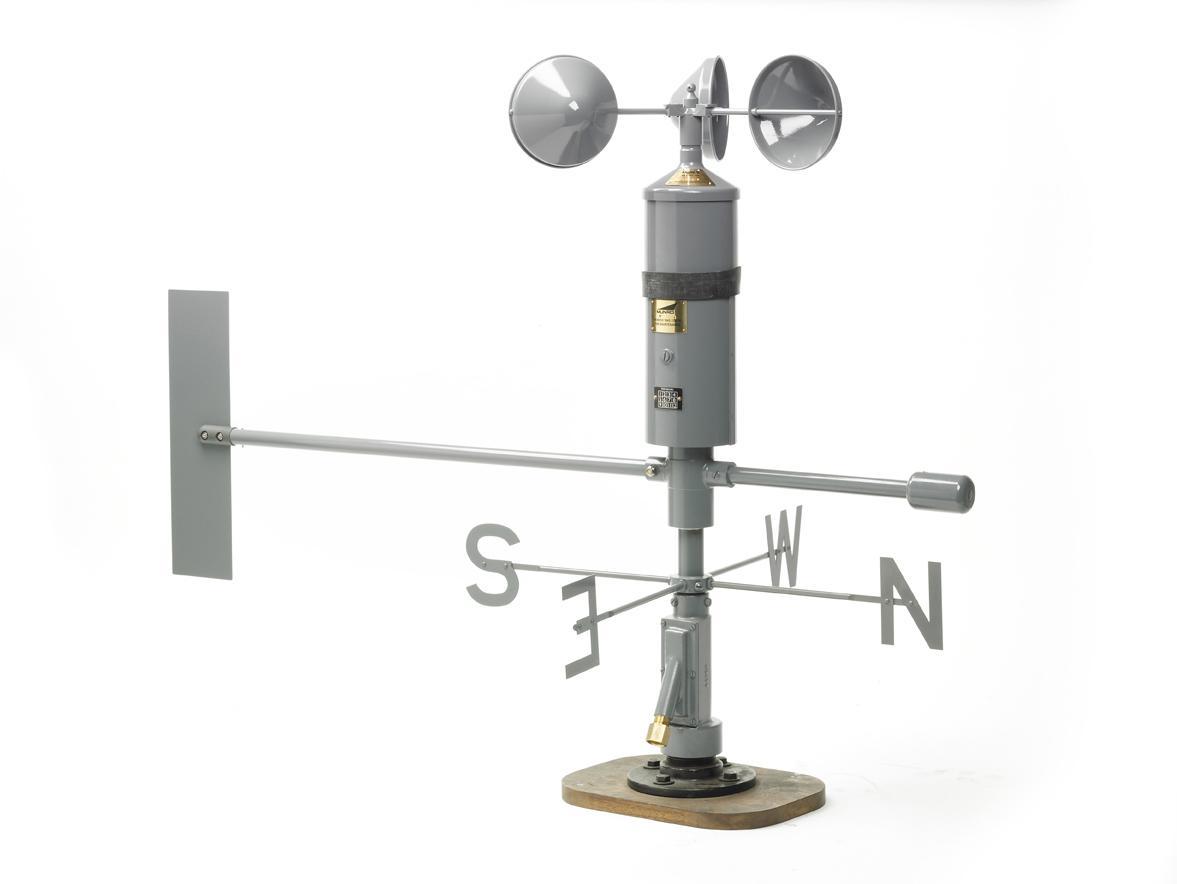Comparing Digital and Mechanical Anemometers: Which is Right for You?
Comparing Digital and Mechanical Anemometers: Which is Right for You?
Blog Article
Checking Out the Functions and Benefits of Anemometers for Climate Fanatics and Professionals
Anemometers stand as critical devices in the world of climate surveillance, accommodating both enthusiasts and seasoned professionals alike. These devices offer a window right into the dynamic world of wind patterns and rates, giving important information for atmospheric analysis and forecasting. From cup anemometers to sonic anemometers, each type brings its special set of applications and advantages, clarifying different elements of weather. As we look into the functions and advantages of anemometers, a much deeper understanding emerges not only of prevailing weather sensations yet additionally of the more comprehensive implications for fields like wind energy manufacturing and environmental study.
Relevance of Anemometers in Weather Tracking
Anemometers play an essential duty in weather surveillance by giving accurate measurements of wind speed, helping in forecasting and understanding weather condition patterns. These tools, varying from conventional cup anemometers to contemporary ultrasonic anemometers, are crucial for meteorologists, researchers, and weather condition lovers alike.

Types of Anemometers and Their Applications
The most usual types of anemometers include cup anemometers, vane anemometers, hot-wire anemometers, and ultrasonic anemometers. Cup anemometers consist of 3 or 4 cups installed on horizontal arms that turn with the wind, determining its speed. Vane anemometers, on the various other hand, utilize a freely revolving vane to line up with the wind direction, giving both wind rate and direction measurements.
Each kind of anemometer has its unique advantages and applications. Mug anemometers are durable and ideal for general climate monitoring, while vane anemometers are preferred for directional measurements. Hot-wire anemometers are sensitive to reduced air velocities, making them perfect for interior settings. Ultrasonic anemometers are non-intrusive and provide high accuracy, usually utilized in study and specialized weather tracking applications. Recognizing the qualities and applications of each sort of anemometer is important for selecting the most ideal instrument for specific weather condition keeping an eye on demands.
Advantages of Utilizing Anemometers in Projecting
In meteorology, the utilization of anemometers provides very useful benefits for boosting the accuracy of climate projecting. Anemometers determine wind speed and direction, providing crucial information for forecasting climate patterns. By integrating wind data into projecting designs, meteorologists can better understand the activity of climate systems, expect changes in atmospheric problems, and problem much more precise projections.
Additionally, anemometers play an important function in examining prospective climate dangers. Monitoring wind rates aids forecasters predict extreme weather condition events such as storms, twisters, and winter season tornados with higher accuracy. This early warning system allows authorities to issue prompt notifies and apply needed precaution, minimizing the risks to life and residential property.
Additionally, anemometers aid in optimizing eco-friendly energy manufacturing. By analyzing wind patterns, meteorologists can determine ideal places for wind ranches and predict energy result, adding to the effective generation of wind power.

Anemometers in Wind Power Manufacturing
Given the important duty anemometers play in offering precise wind information for climate projecting and danger analysis, their significance encompasses the realm of wind energy production. Anemometers are necessary tools in the area of wind power, where the measurement of wind speed and direction is essential for establishing the feasibility and efficiency of wind generator installments. By properly gauging wind rates at differing elevations, anemometers aid maximize the positioning and layout of wind generators to make best use of power result.
In wind ranches, anemometers are purposefully positioned to accumulate real-time wind information that is utilized to evaluate the prospective energy production of a website. This information contributes in identifying the economic practicality of wind power jobs and in forecasting energy generation to make certain grid security. In addition, anemometers help in checking wind problems to enhance turbine efficiency, protect against damages from high winds, and guarantee the safety of personnel functioning in the area of wind turbines.
Enhancing Weather Recognizing With Anemometers

Anemometers play a key duty in boosting our understanding of microclimates. These local weather can differ substantially from wider regional forecasts, making it vital to additional info have precise data for particular locations. anemometer. By tactically positioning anemometers in different places, researchers can gather in-depth details on just how wind behaves in different surfaces, city atmospheres, or bodies of water
Additionally, anemometers add to boosting climate forecasting designs by offering real-time data on wind actions. This info is especially important for predicting extreme weather condition events, optimizing farming methods, and supporting sectors like air travel and maritime navigation. On the whole, anemometers are very useful tools that enable us to dive deeper right into the intricacies of weather condition systems, ultimately leading to even more better-informed decisions and exact predictions.
Verdict
In verdict, anemometers play a vital duty in weather tracking and projecting by gauging wind rate and direction. Anemometers also have applications in wind energy manufacturing, more highlighting their importance in both weather forecasting and eco-friendly power industries.
From cup anemometers to sonic anemometers, each kind brings its special set of applications and advantages, losing light on numerous facets of atmospheric conditions. These instruments, ranging from standard mug anemometers to modern-day ultrasonic anemometers, are important for meteorologists, more helpful hints researchers, and weather condition lovers alike. The most typical kinds of anemometers consist of cup anemometers, vane anemometers, hot-wire anemometers, and ultrasonic anemometers. Cup anemometers are robust and appropriate for basic weather tracking, while vane anemometers are preferred for directional measurements. Anemometers are necessary tools in the field of wind energy, where the measurement of wind rate and direction is important for figuring out the feasibility and performance of wind turbine setups.
Report this page